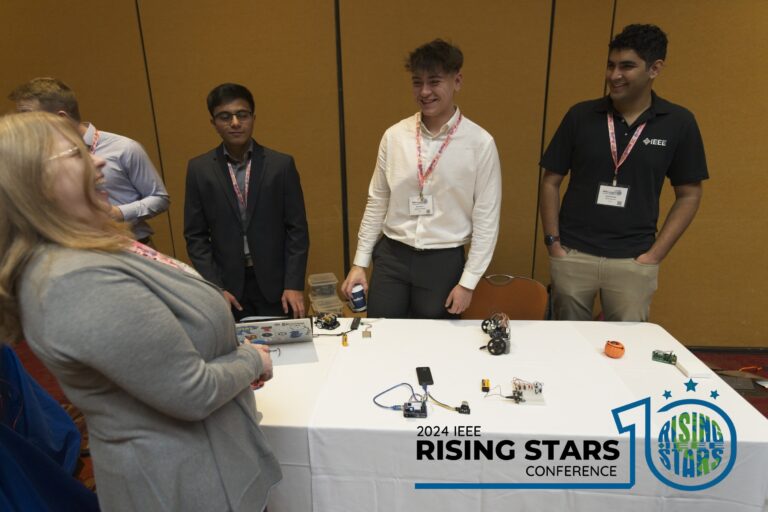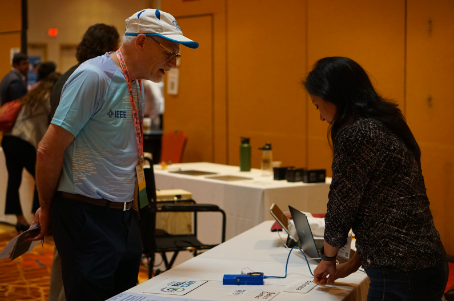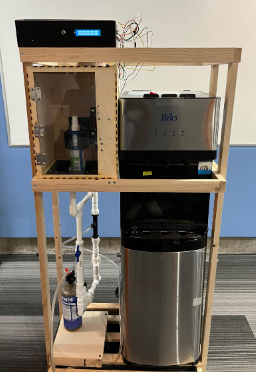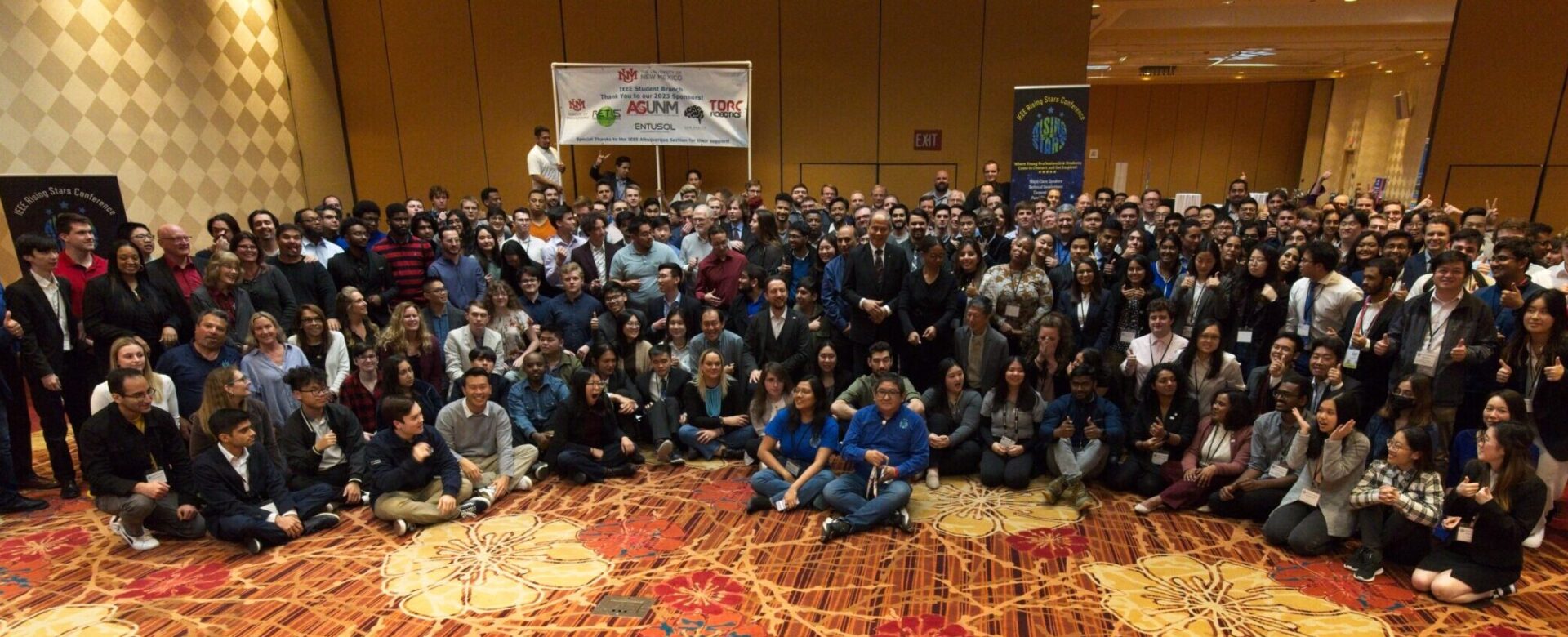


Summary of Objectives
The goal of the Project Showcase at the IEEE Rising Stars Conference was to bring together a diverse selection of individuals and technical projects so people from around the country could learn best practices for technical projects and find inspiration for future work. We have noticed that students face many challenges when integrating technical work in their IEEE student branch activities when it comes to funding, project inspiration, and sourcing hands-on technical knowledge. The project showcase aimed to address these issues through bringing both simple and advanced projects together into one room so schools could learn how to effectively integrate technical work into their student branch activities.
Beneficiaries
This work benefits all students who attended the Rising Stars conference. In addition to giving the showcase participants an opportunity to present their work, attendees of the conference who were not presenting could also view the projects and ask questions about their design and development. The visitors of the showcase included students, young professionals, and many senior industry professionals.
We also collaborated with IEEE EPICS, and all three of their sponsored projects who participated won awards in the showcase. It is too early to see the whole impact of this, but we hope that this provided publicity for EPICS and the opportunities available in their programs.
The schools that won awards also benefited, as we were able to provide monetary prizes thanks to funding from the IEEE Foundation. The 7 schools that won awards all received $200 in Amazon gift cards to use towards funding future student branch activities.

Intended Outcomes
The primary intended outcome of the event was to aid students in progressing the technical components of their IEEE branch activities. There were several avenues through which we aimed to achieve this.
Firstly, teams were meant to learn from each other how to best build projects in a university setting. Through seeing how other programs approached technical work, we hope that conversations between participants will lead to their own future work to become stronger. For example, there were 3 schools with Micromouse programs, and having them in the same room hopefully encouraged them to work together, share best practices, and potentially co-host competitions.
Secondly, visitors of the showcase could see what is possible in a university setting. There were schools from all over the country — and even one from Panama — demonstrating that technical achievement is possible in all kinds of contexts.
Third, students rarely have an opportunity to present their own work, especially when it comes to physical projects. Often, students attend talks where industry professionals or established professors present their research, but students do not often get to showcase their own achievements. The project showcase was meant to be that unique opportunity and give students the confidence to continue in their technical endeavors.

Assessment
Although most of our objectives are non-quantifiable and long-term, we do believe that we were successful in achieving our goals. The feedback we received from participants and attendees was overwhelmingly positive, and the students seemed to greatly enjoy the opportunity to showcase their work.
An unexpected outcome we noticed was that many schools indicated that the showcase was an important milestone for them and helped encourage them to get their project to a presentable state. For example, North Carolina State University (NCSU) learned to repackage their project (electric wheelchair assistance) into a more portable and robust form factor because they knew they would have to transport it from North Carolina to Nevada for the showcase. Texas A&M was another school that was just starting their first project, and it seemed like having the showcase as something they had been planning for since early Summer motivated them to put more effort into project development.
In total, we had 9 schools participate with a total of 20 projects. The participating schools were:
- UC Los Angeles (5 projects)
- UC San Diego (5 projects)
- University of Florida (3 projects)
- UC Berkeley (2 projects)
- UC Irvine (1 project)
- North Carolina State University (1 project)
- Arizona State University (1 project)
- Universidad Tecnológica de Panamá (1 project)
- Texas A&M University (1 project)
We involved 6 judges in the event which included IEEE President Tom Coughlin, IEEE Region 6 Director Kathy Hayashi, and IEEE Foundation representative Eileen Heltzer.
The conference as a whole had 340 attendees and 17 sponsors, and we believe that a large portion of them visited the showcase thanks to its central location in the main conference hall.

Future Work
We had extremely positive feedback from the participants, judges, and volunteer staff. We believe that we can expand the project showcase in future years to include more schools and projects. We have already identified a couple of individuals who may be interested in helping organize it in the future, so we are confident that this showcase can occur again at the IEEE Rising Stars 2025 conference.
Having this showcase every year would be an excellent opportunity for students to keep in touch with programs from around the country (and possibly the world), have a milestone to hold them accountable, exercise their presentation skills, gain confidence talking to professionals, and hopefully win a little extra cash to assist in their future project work.

